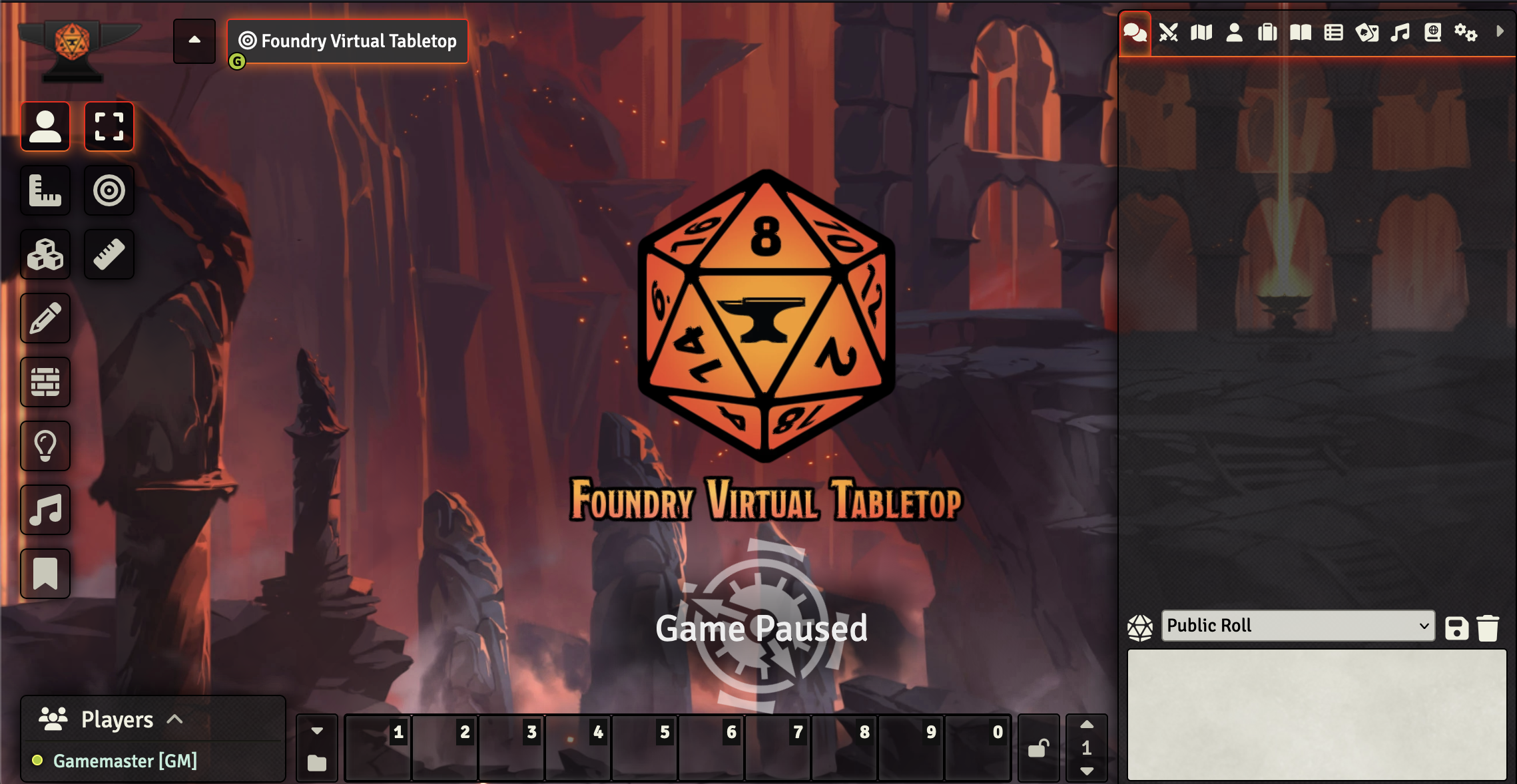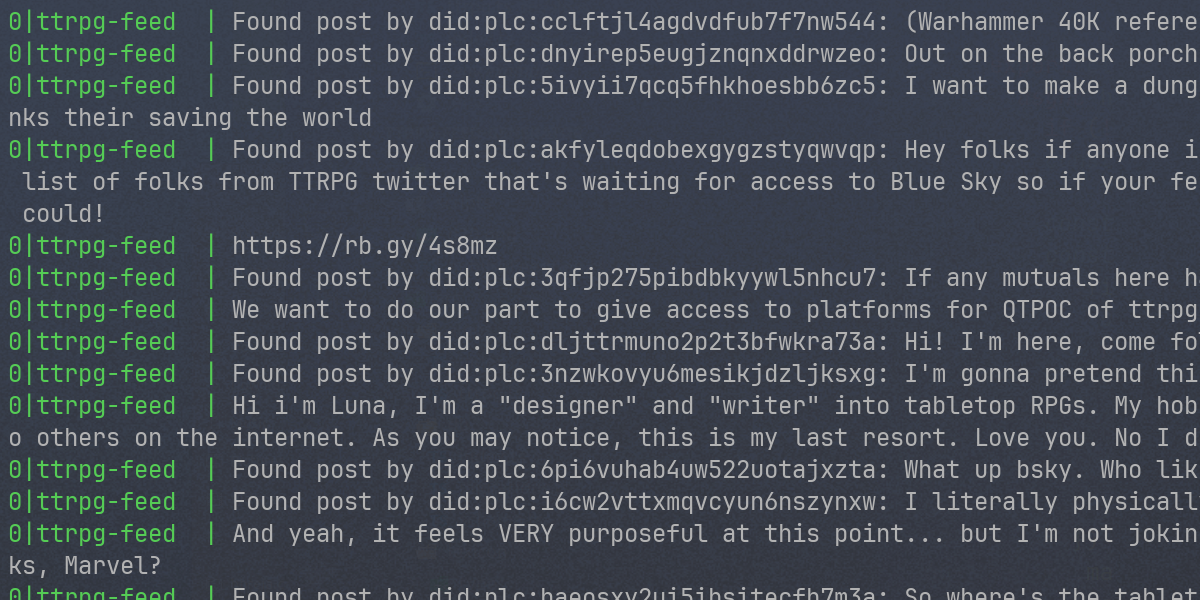How I Track Tasks and Take Notes
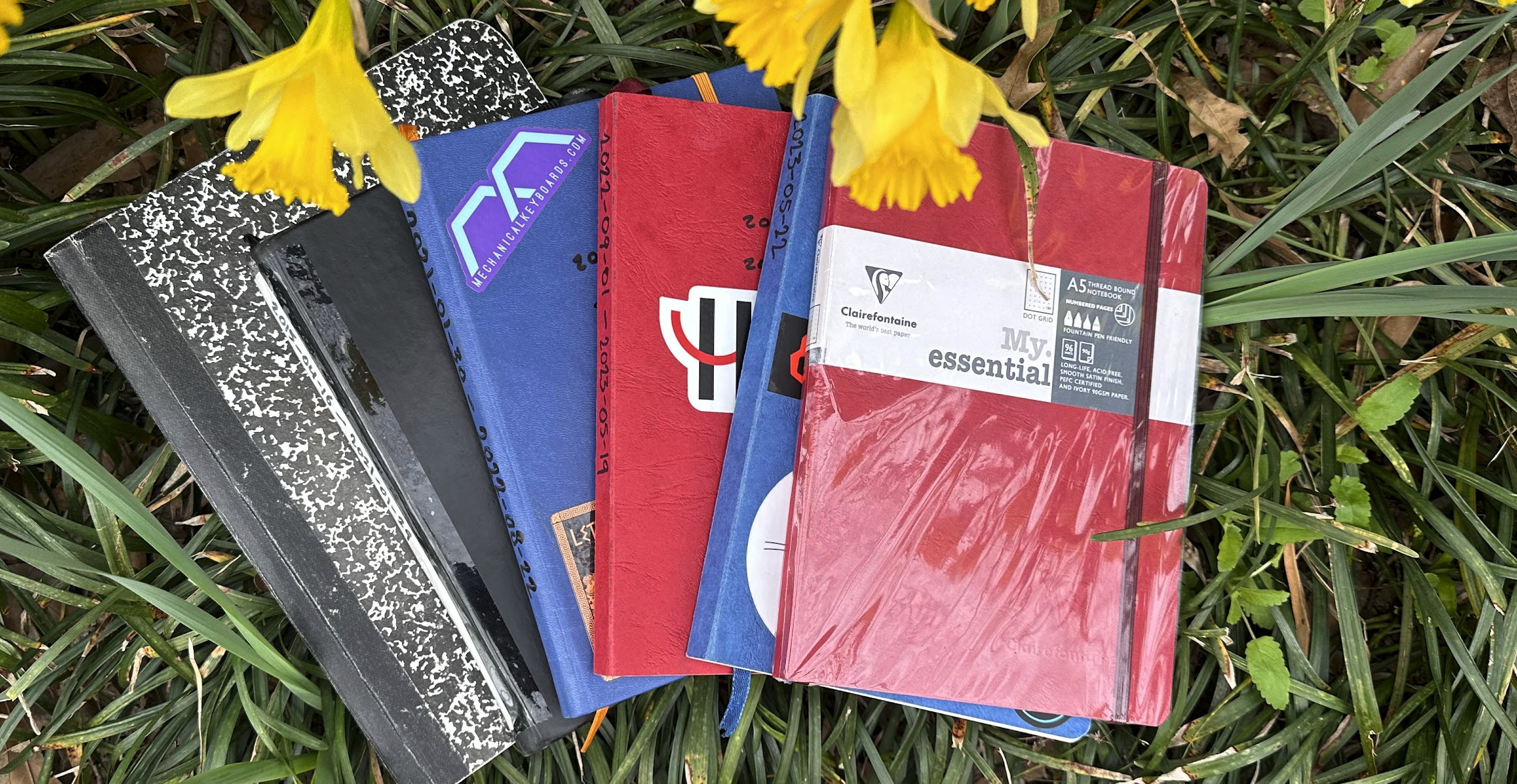
I’ve been keeping track of my notes and daily tasks using a single method for over a decade, and it works pretty well for me. Someone close to me asked me how I keep track of everything without losing track, so I figured I’d outline it here. The system is easy to use and relatively loose but with enough structure to be consistent.
What Is This?
First, a little disclaimer: I use this method to keep track of day-to-day activity. It is by no means a way to create a knowledge index. I use Obsidian for that and don’t think pen and paper are great tools to accomplish that goal.
I’m almost explicitly talking about managing TODO/task lists and taking meeting notes. It is a method that evolved after stealing some concepts from other journaling methods. It is irreverent of techniques and tools and rejects aesthetics; it is about pragmatism and simplicity.
Why Not Make It Pretty, Though?
I noticed that if I spend time making my notebook pretty and use expensive or imported tools, I’m less likely to use it constructively. If my choice of ink, pen, penmanship, or paper affects how I use it, it has ceased being a utility and has become an aesthetic object.
I want to be unburdened from feeling bad about using the tools I have, so I treat my notebook as nearly disposable. I write with a penmanship good enough to understand when I read it later.
Having said that, I don’t dispose of my notebooks and keep them on a shelf near my desk for reference if I need to.
The Gear
I use a Clairefontaine Thread-Bound A5 dotted notebook. I’ve experimented with other brands but returned to this one simply because I can write the dates on the spine with a Sharpie and don’t have to mess around with spine stickers.
The other reason for picking this notebook is that they get thrown around, bent, dipped in coffee, stretched, stomped, and stuffed in a travel bag. This particular notebook only has 184 pages, providing just enough time to fill it before it disintegrates.
Finally, the paper in this notebook is fountain pen safe, which is great since I use a Pilot Vanishing Point most of the time. Fountain pens aren’t the most practical tools, but this one is probably the most sensible one available.
Starting a Notebook
I begin a notebook by tagging it with the date of the first entry on its spine, and once it’s full, I add the final date to it. If I need to refer back to a date, I can quickly scan the date ranges on my shelf and pick out a notebook.
Minimal Indexing
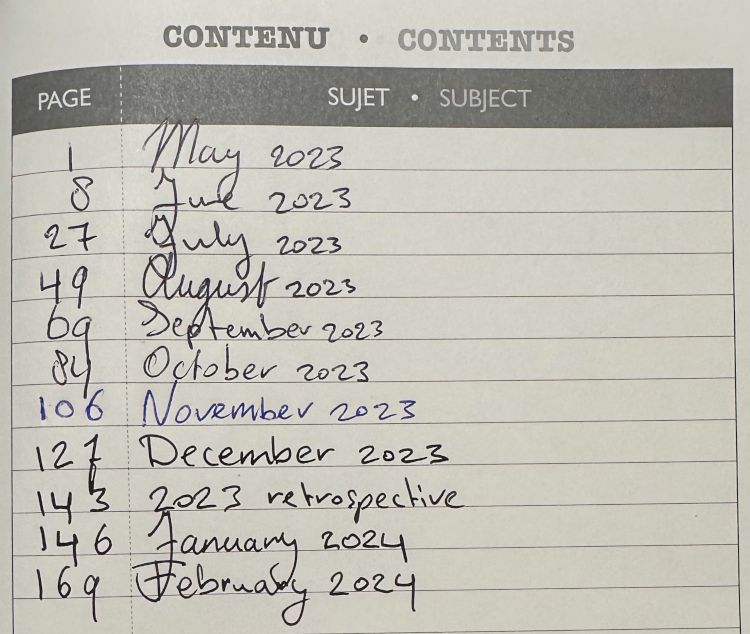
Unlike other methods, I don’t use a complex indexing system at the start of each notebook. However, I note each month and the page number of the first entry within that month. However, since these notebooks last less than a year, finding a date by leafing through them isn’t difficult.
Daily Entries
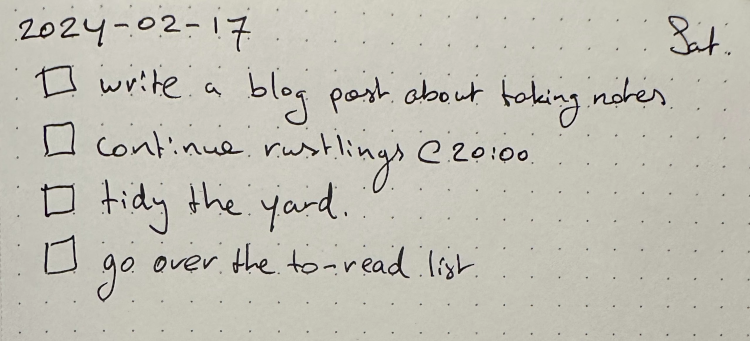
All dates are ISO-8601; there is no other valid date format
Each day gets its page, regardless of if there are enough items to fill it. Though wasteful, finding a specific date is easier this way.
On the first line of the page, I write the date on the left side and an abbreviation of which weekday it is on the right-hand side.
For each task I must accomplish, I draw an empty square followed by a short description.
If the task is time-bound, like meetings, I finish the line item with an at-symbol followed by its due time.
I leave an empty line between tasks if I need to amend the task with more info later in the day.
Resolving Tasks
Completed Tasks: When I complete a task, I check the box.

Obsolete Tasks: If I no longer need the task, I strike through the box.

Unfinished Tasks: If I cannot complete the task at the end of the day, I leave it untouched until the next day (see below).
Notes and Observations: If I need to jot down an observation, I start a line with a bullet and write it down concisely.
Handling Unfinished Tasks

I read the previous day’s tasks at the start of a new day. If any are unfinished, I draw a diagonal arrow through the box and copy it onto this day’s list of entries as a new task.
Meeting Notes
If I am in a meeting and need to write down many notes and tasks, I do so on a separate page, noting each observation or task in the same manner as a daily entry.
On the first line of the page, I write the date on the left side, followed by the meeting’s topic.
Is That It?
Yes, that’s all there is to it.
You may think: “Well, isn’t this all very obvious? It seems so simple, too simple, even.”
Of course, these things seem simple in retrospect, but that’s with the benefit of not going through years of experimentation, fine-tuning, and reduction.
Like me, you may be tempted to draw tables using a ruler, use circles instead of checkboxes, use lined paper rather than dots, use A4 instead of A5, etc. Ultimately, this works for me and might work for you too.



